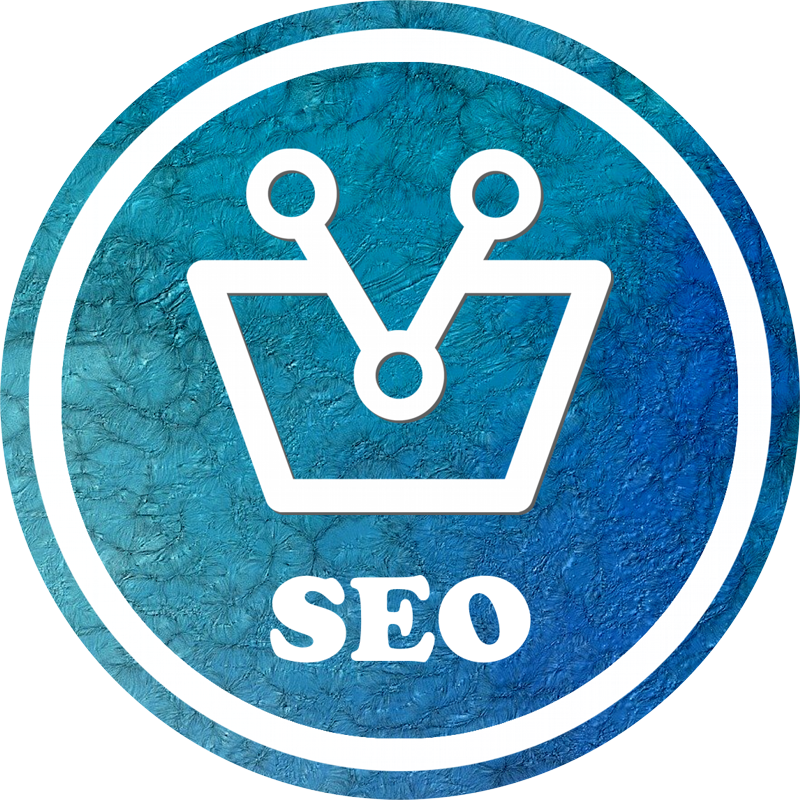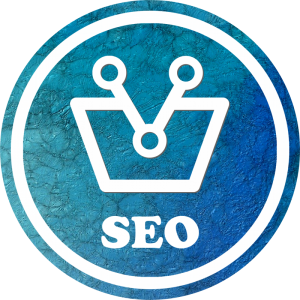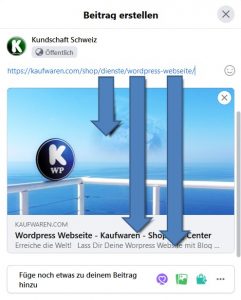
SEO

WordPress SEO
Search-Engine orientation and optimation is essential. You write articles, sell products, offer services. All this is useless, if the search engines do not know about it. The time WordPress startet, Google clearly named all optimations you have to do. WP and almost all of the other CMS ignored that. Meanwhile WordPress is on the way. But still there are so settings missing. LeftSell completes the WP SEO.
Google Metadata
Own Page Titles
Page titles appear in the tab of your browser. Google uses the page titles as title of the link displayed in search results. It contains the main purpose of your page, post, product or service. Google restricts its length and must be suitable to the content. Enabling this option adds a Title Tag Field below the content editor in WordPress. Ensure to have all titles written for the search engines.

On the right side of the text-box to enter your title, you see the counter of chars left.
Keyword Meta Tag
Are keywords still in use by the search engines? Nobody can really answer that question. Some say, Yahoo and Ask are still using it. It might be not the badest idea to write them, because it is ignored by the most search engines. Enabling this option adds a keyword UI below the editor of your content: posts, pages, WooCommerce products. If you enter keywords, they appear in the header of your page.

It is important, that every keyword existis as text in your content. Use the “Click for examples” to find all words in your text. You are only allowed to put in 8 keywords, divided by comma. The counter on the right side shows the remaining words.
Again: the use of this old meta tag is said to be dead. But some might.
Meta Tag Description
The description of your page as Google wants it. Build sentences exacly with the selected keywords. Google shows your description in the search results below the link to your page.
Google JSON SEO – structured data
Structured data become more and more important. The more you provide, the better Google can show your content. The LeftSell Plugin can automatically generate JSON data with your content as source.
Create Google Breadcrumbs
Google Breadcrumbs are a navigation help for Google. Google wants to know the structure of your pages. In WordPress you set parents for each page to create this structure. Writing posts, you use the categories, same as in WooCommerce for products and their categories.
<script type="application/ld+json">
{"@context": "http://schema.org","@type": "BreadcrumbList", "itemListElement":
[{"@type": "ListItem", "position": 1,
"item": { "@id": "https://kundschaft.ch/", "name": "Webdesign Kundschaft Schweiz Software und Marketing", "image": "https://kundschaft.ch/files/logo.png"} },
{"@type": "ListItem", "position": 2, "item": { "@id": "https://kundschaft.ch/webdesign/", "name": "Webdesign - Webseiten live mit dem Profi Webdesigner", "image": "https://kundschaft.ch/files/k-web.png"} }}]};
</script>Google Product JSON Daten
WooCommerce finally managed it to create the Google Product JSON data on its own. We disable our function.
Open Graph Tags
Open Graph Tags are codes in the header of your page. Their target are the social networks, e.g. Facebook. With these tags you can tell the networks, what the title of your page is, the description, the URL, the Type and the Image belonging to it.

OG:Image
The Open Graph Tag Image contains the image of your page and post, as well as the featured image of your product. Sharing a link in a social network will automatically read this tag and show your image.
OG:Title
Add the Open Graph Tag Title, the page, post or product title. (see above “Own Page Titles”).
OG:Type
The Open Graph Tag Type names the type of your page. Products and services, as well as pages are of type “websites”. Blog posts are “articles”
OG:URL
The URL of your page as OG-Tag. E.G.: https://leftsell.com
Your SEO Setting
You need a special setting? Make your wish here.